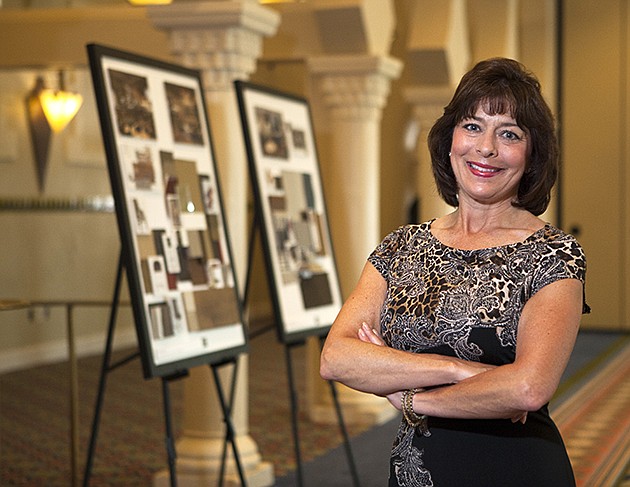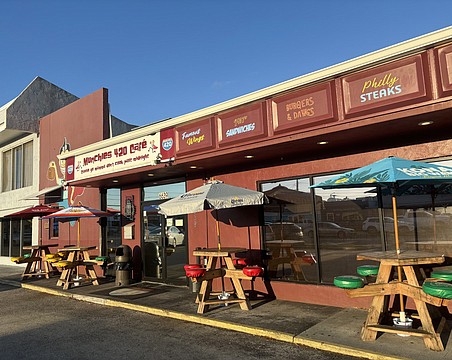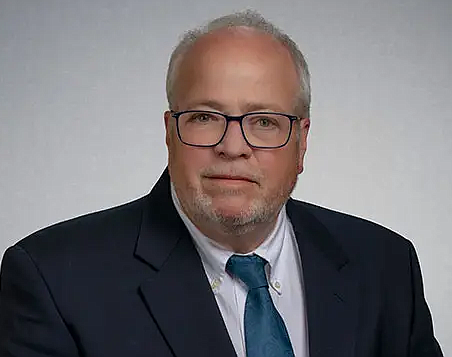Executive Summary
Industry. Hospitality Trend. Declining occupancies Key. Room-rate increases have offset declines in occupancy.
It's still a good time to be an innkeeper.
For the first time since the recession ended, hotel-room occupancies on the Gulf Coast dipped in the first three months of this year, according to hospitality analytics firm STR.
“We've had so many consistent consecutive quarters of growth that if you've been around this business long enough you knew the cycle was going to hit,” says George Glover, chairman and CEO of Baystar Hotel Group in Tampa.
That said, Glover and other hotel industry executives remain sanguine about the hospitality's fortunes this year. “It's probably just a breather,” Glover says. “There's a lot of factors, and I'm not alarmed.”
Hoteliers cited poor weather in January and tough comparisons to an exceptionally strong first quarter in 2015 as some reasons for the drop in occupancies. Fact is, hoteliers on the Gulf Coast are so confident that they boosted their average daily rates in the first quarter even as occupancies declined.
The average daily rates have in most cases made up for the slowdown in occupancies. Revenue per available room, a function of rates and occupancy, rose in every market in the region except for Naples.
“We're chugging on all cylinders,” says Lou Plasencia, the CEO of The Plasencia Group in Tampa. He cites the relatively strong U.S. economy and low energy prices as important factors for the hotel industry's strength and positive outlook.
Industry watchers aren't worried that new hotels will swamp the markets, even in areas such as Clearwater Beach where 1,200 new rooms are coming to the market. “There will be an impact, but I really think Clearwater Beach is such a great place that the new supply will quickly be absorbed,” says Kent Schwarz, executive vice president for hotels with Colliers International, a commercial brokerage firm.
Occupancies down, rates up
Hoteliers say the banner year in 2015 makes occupancy comparisons difficult. “Overall, in my humble opinion, 2015 may have been the peak,” says Fred Hirschovits, the founder and CEO of Twenty/Twenty Worldwide Hospitality in Naples. “Two thousand sixteen is good, I'm not complaining. I've heard a lot of people saying they could keep rates up.”
The important Easter holiday fell in March this year, skewing comparisons because the holiday was in April in 2015. “Last year was phenomenal,” says Jason Parsons, general manager of the Naples Beach Hotel & Golf Club. “When you compare to last year, nothing looks good except for March.”
Weather was the big factor keeping occupancies below last year in the first three months because of unusually heavy rains in Southwest Florida. “The Christmas holiday was fantastic,” Parsons says. “Once we got into January and the first week in February, the weather stunk.”
It's not clear whether rate increases hurt occupancies and whether the trend is fleeting. “It's always hard to say if it's tit for tat,” says Jan Freitag, senior vice president with STR. “For a lot of people the beginning of the year is not an indicator of how the year will end up,” he cautions.
Not every hotel had declines in occupancy, of course. “Our occupancy was up slightly,” says Barbara Readey, general manager of The Vinoy Renaissance Resort & Golf Club in downtown St. Petersburg.
The rebound in the hotel business is spurring lodgings such as the Vinoy to begin renovations. The landmark hotel in downtown St. Petersburg recently unveiled plans for new amenities at its Snell Isle facilities, including a new grill, swimming pool with cabana lounges and new locker rooms.
“I think for a while we needed to push average daily rates and I think we've moved the needle significantly in the last two or three years,” says Tony Lapi, CEO of Sanibel-Captiva Beach Resorts and a former chairman of the state's tourism arm, Visit Florida. “I think we're approaching where we need to be.”
The outlook for summer remains upbeat. Both in-state and European traffic is likely to remain robust if the Zika virus threat remains under control. “International looks pretty strong right now,” says Lapi. “That's our best area for growth.”
While European and Scandinavian markets remain strong, Latin America is weaker. Plasencia says the only area of Florida that is currently facing challenges in the hospitality industry
is Miami because of a decline of Latin American visitors, particularly from Brazil where the economy is suffering.
In the rest of the state, corporate travel has picked up since the recession, though Plasencia says it hasn't returned to 2007 peak levels yet. Companies are waiting to get a clearer picture of the outcome of the U.S. presidential election and the global economy. “There's a lot of money sitting in corporate coffers right now that has yet to be spent,” he notes.
Room for new rooms
Hotel industry executives say the supply of new hotels won't exceed demand by a significant amount. “To me, there's no saturation,” says Elliott Falcione, executive director of the Bradenton Area Convention and Visitors Bureau, who estimates about 600 new hotel rooms will come into that market in the next three years thanks in part to strong sports-tourism attractions.
“I've never been one to publicly say we need more hotels, we let the market dictate that,” Falcione says. “But we have a nice good mix of added rooms.”
Hotel industry executives who counsel hotel owners and buyers are not worried about oversupply of new rooms, either. “Overall, Tampa to Naples is still well below average of new supply,” says Schwarz. “I'm more optimistic than most. When the economy's good, people will continue to travel for business and vacation.”
For now, hotel developers and financiers are disciplined. “They're not doing foolish things yet,” says Schwarz.
“Most developers, if they've been in this business for a while, are cognizant of the fact that you still have to have demand in the marketplace,” says Baystar's Glover. “It's still a very encouraging time to be in this business.”
Hotels with more than 300 rooms each are in the planning stages for Tampa's downtown and Westshore areas and in Naples, Plasencia says. “Over the course of the next 36 months, you'll see major hotel developments.”
Meanwhile, existing hotels continue to trade at 2015 levels. “The price per key is comparable to last year or slightly higher,” Plasencia says.
Private investment groups have stepped in to buy hotels where real estate investment trusts have pulled back, Plasencia says. “I think you're going to be seeing more European and Canadian capital coming into this area,” he says.
Meanwhile, hotels are spending millions to upgrade and renovate their properties to compete. Most notably, the Marco Island Marriott Beach resort is spending $300 million, turning into the first luxury JW Marriott on the Gulf Coast.
Fewer heads in beds
Data from hospitality analytics firm STR show declines in occupancies but increases in average daily rates in every area of the Gulf Coast. Revenue per available room, an important metric in the hotel business, is a function of occupancy and rate. The data below is for the first three months of this year with annual percentage change.








